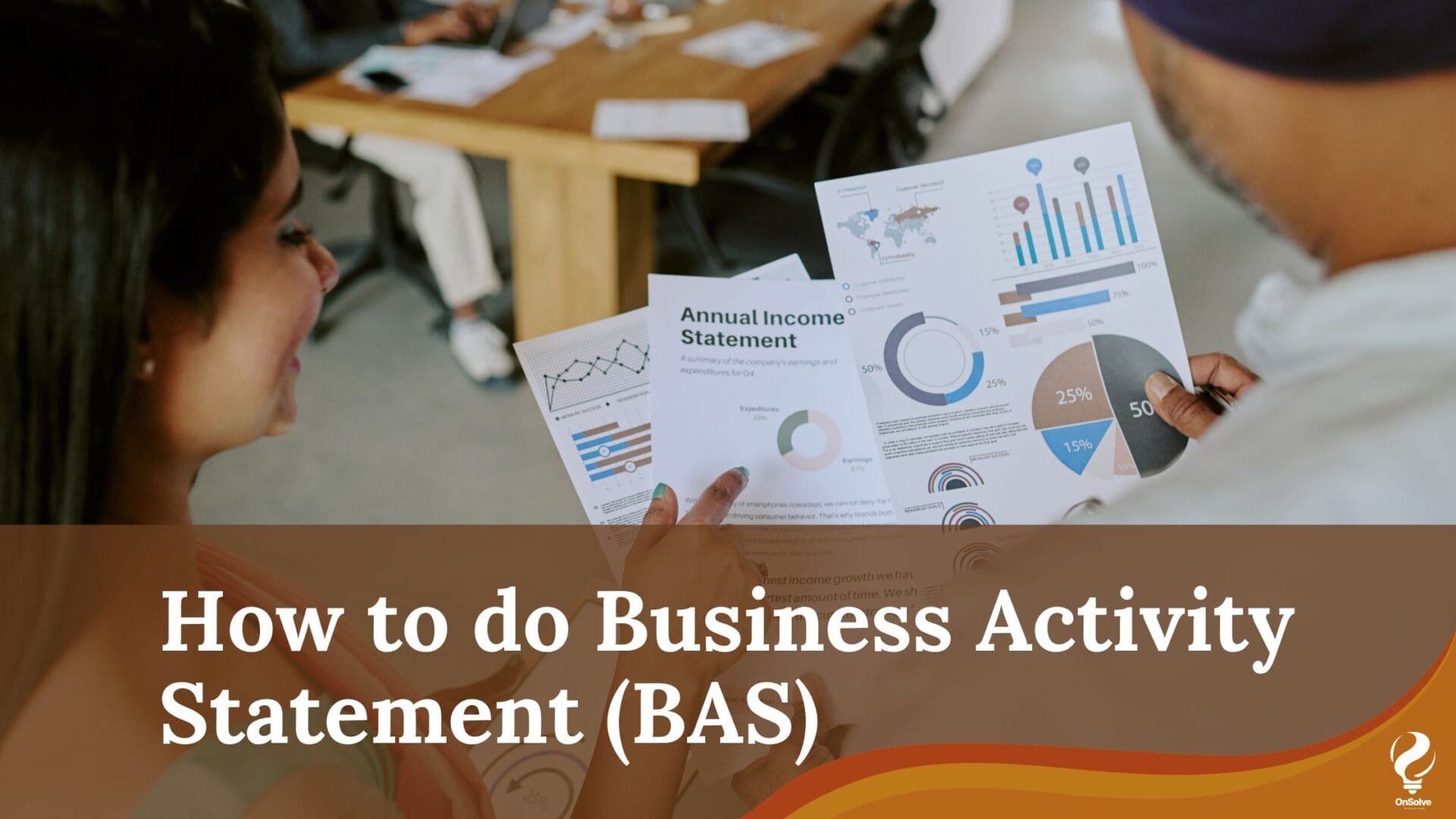Running a business involves many responsibilities, and one of the key tasks for Australian businesses is lodging a Business Activity Statement (BAS). This statement is essential for reporting and paying various tax obligations. Here’s a comprehensive guide to assist you in handling your BAS statement smoothly.
What is a BAS Statement?
A Business Activity Statement (BAS) is a form submitted to the Australian Taxation Office (ATO) by registered businesses to report their tax obligations. These obligations can include Goods and Services Tax (GST), Pay As You Go (PAYG) installments, PAYG withholding, and other taxes. The BAS is crucial for ensuring that businesses comply with their tax responsibilities.
When Should You Lodge Your BAS Statement?
The frequency with which you need to lodge your BAS depends on your business size and annual turnover. Generally, you must lodge your BAS:
- Monthly: If your GST turnover is $20 million or more.
- Quarterly: If your GST turnover is less than $20 million (and you haven’t chosen to report monthly).
- Annually: If you voluntarily register for GST and have a turnover under the threshold.
Failing to lodge your BAS on time can result in penalties and interest charges, so it’s crucial to keep track of your reporting dates.
Guide on Making BAS Statement
Navigating the BAS statement procedure entails a number of crucial Steps. You can successfully manage your BAS statement, ensure compliance with ATO regulations, and maintain financial transparency for your business.
Prepare all documents needed
Before you begin, gather all the necessary documents. Having these documents at hand will make the process smoother and more accurate. These include:
- Sales and purchase invoices: To report GST collected and paid.
- Bank statements: To verify transactions.
- Payroll records: If you have employees and need to report PAYG withholding.
- Previous BAS: For reference and to ensure continuity.
Lodge Your BAS Statement
Once you have acquired the necessary documents, you may lodge your BAS statement electronically through the ATO Business Portal or via registered tax agent’s online Portal. Before submitting, make sure all the data are entered accurately and check the statement for any inconsistencies. Verifying again ensures that the financial operations of your company for the reporting period are appropriately reflected in your BAS.
Review and Confirm Lodgement
Before finalizing your BAS, review all entries carefully to ensure accuracy. Any mistakes can lead to incorrect tax reporting and potential penalties. Double-check figures and ensure that all relevant sections are filled out correctly.
Use Professional Assistance
While many businesses manage their BAS internally, seeking professional assistance can be beneficial, especially if your tax situation is complex. A registered BAS or tax agent can help ensure accuracy, provide valuable tax advice, and may even save you money by identifying potential deductions. They can also represent you to the ATO if any issues arise.
Conclusion
Maintaining the financial stability of your company and ensuring compliance with tax laws depend on how well you manage your BAS statement. You may confidently manage the procedure by following the steps listed: preparing documents, calculating obligations accurately, lodging on time, review and seeking professional assistance when needed. Stay proactive in staying informed about tax changes and leveraging available resources to optimize your BAS lodgement and minimize tax liabilities.
Keyword targeting: how to do business activity statement







